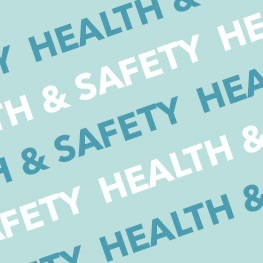
If confusion and fear about fat have you spinning in the grocery aisles or puzzled when you open your kitchen cupboards to cook supper, here's the lowdown.
Despite popular belief, fat is not all bad. In fact, some fat is needed for humans to survive. In the body, fat is used as the major source of energy for body functions. Fat is beneficial in that it:
· Helps hold body organs and nerves in place and protects them against injury
· Transports the fat soluble vitamins A, D, E and K.
· Makes diets more palatable and helps make you feel full after a meal.
While some fat is essential, too much fat in our diet has been linked to heart disease, obesity and some cancers.
As with many types of food and drink, the key to eating fat is moderation. So, just what is a moderate amount?
To find out, answer yes or no to the following questions. Do you:
Use small amounts of margarine, butter, salad dressing and mayonnaise in cooking or at the table? (For example, one teaspoon of butter or margarine on a piece of toast.)
Use lower-fat cooking methods like baking, broiling, steaming, roasting or barbecuing?
Choose lean meats, such as beef sirloin roasts or steaks, pork center-cut chops or tenderloin?
Try "lower-fat" or "lean" processed meats and cheeses? · Reduce the fat when making muffins, quick breads or casseroles by one-third to one-half?
Choose lower-fat dairy products like 2 percent, 1 percent or skim milk and low-fat yogurt?
Avoid higher-fat bread products like croissants, danish or donuts?
Avoid higher-fat desserts like pies, cakes and pastries?
Avoid higher-fat snacks like potato, corn or nacho chips?
If you honestly answered "yes" most of the time, then you're probably on the road to moderation. Congratulations and keep up the good work. If you still have a ways to go to get on the moderate-fat track, there are plenty of simple things you can do to get you going.
Next time you're in the kitchen getting ready to cook, try one of these ideas:
When making a cream sauce that calls for whipping cream, substitute canned evaporated skim or 2 percent milk. Thicken the sauce with a little flour, and you'll be amazed that you hardly notice a taste difference. The fat savings, however, will be huge.
When making quick breads or loaves, replace at least half the fat with an equal amount of applesauce, pureed pears or prunes. You'll have a nice, moist product, richer in nutrients and lower in fat.
Lower-fat salad dressings are plentiful in the grocery stores. Or you can make your own with a small amount of flavorful olive oil mixed with mild-flavored vinegars (such as raspberry, sherry or balsamic) and fresh herbs.
To sum up, moderating the fat in your diet is one part of a healthy diet and, with a few simple guidelines, not a daunting task. Fat should not be feared, but definitely respected.
Calgary’s Child Magazine © 2024 Calgary’s Child